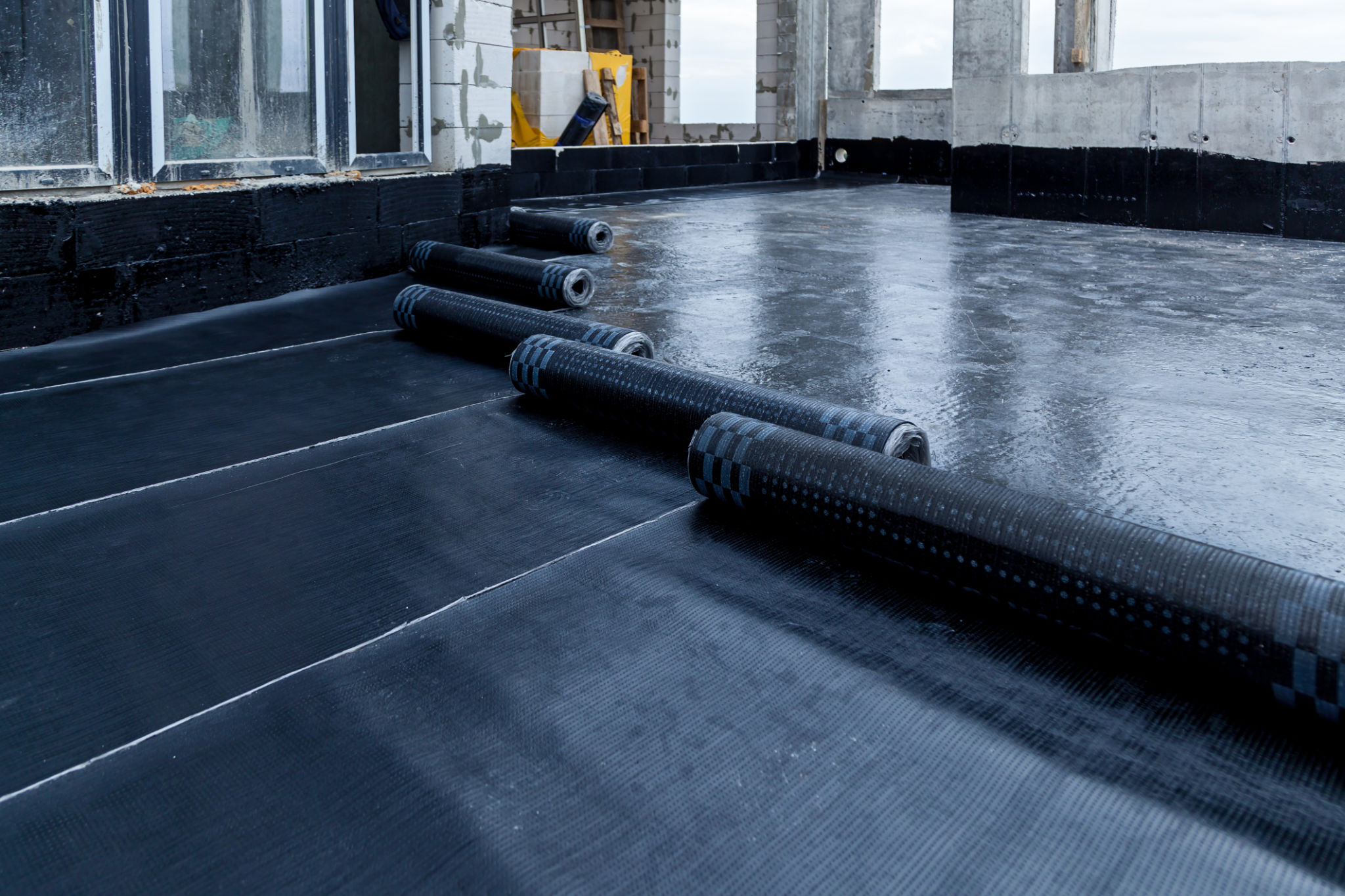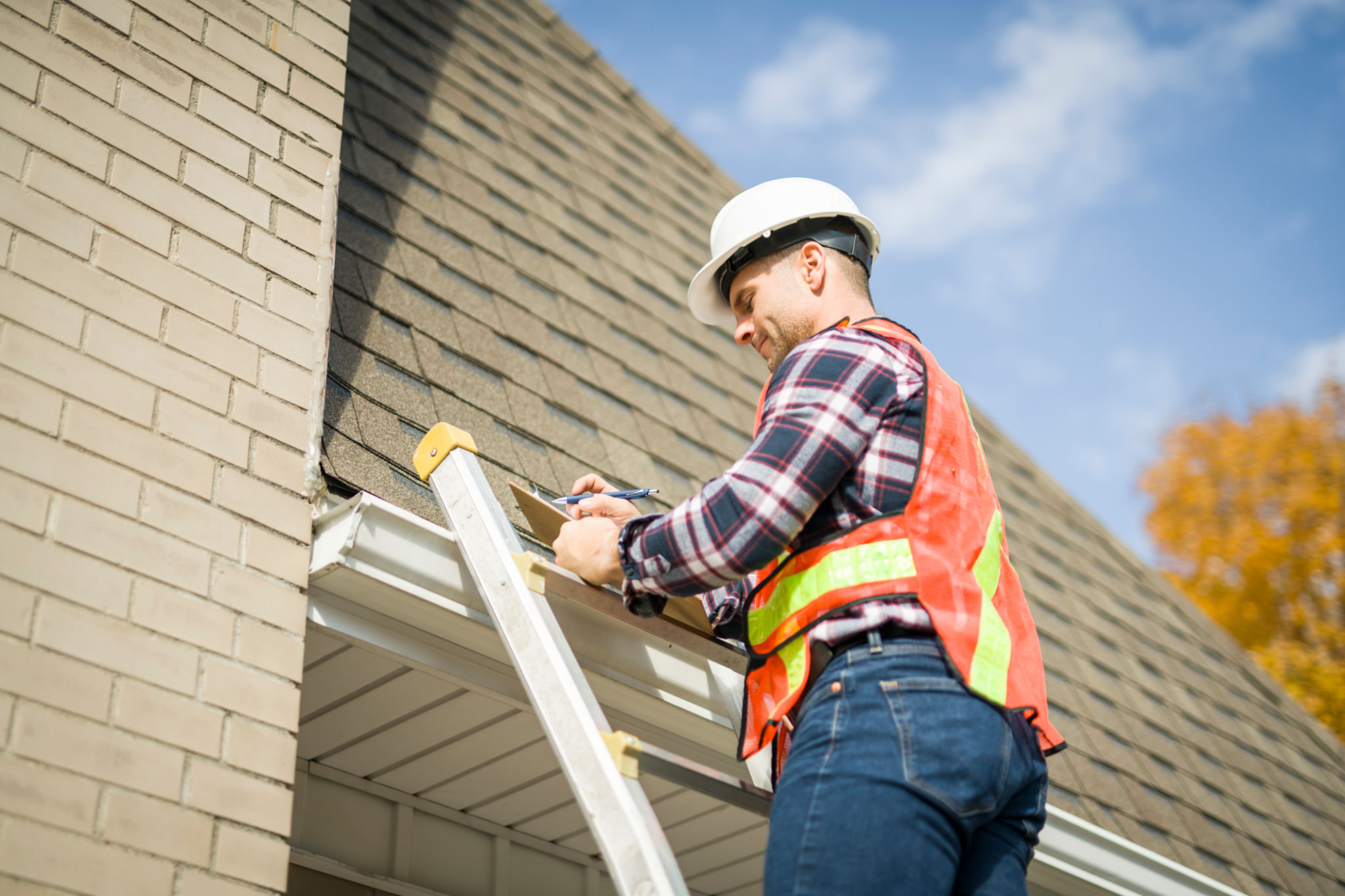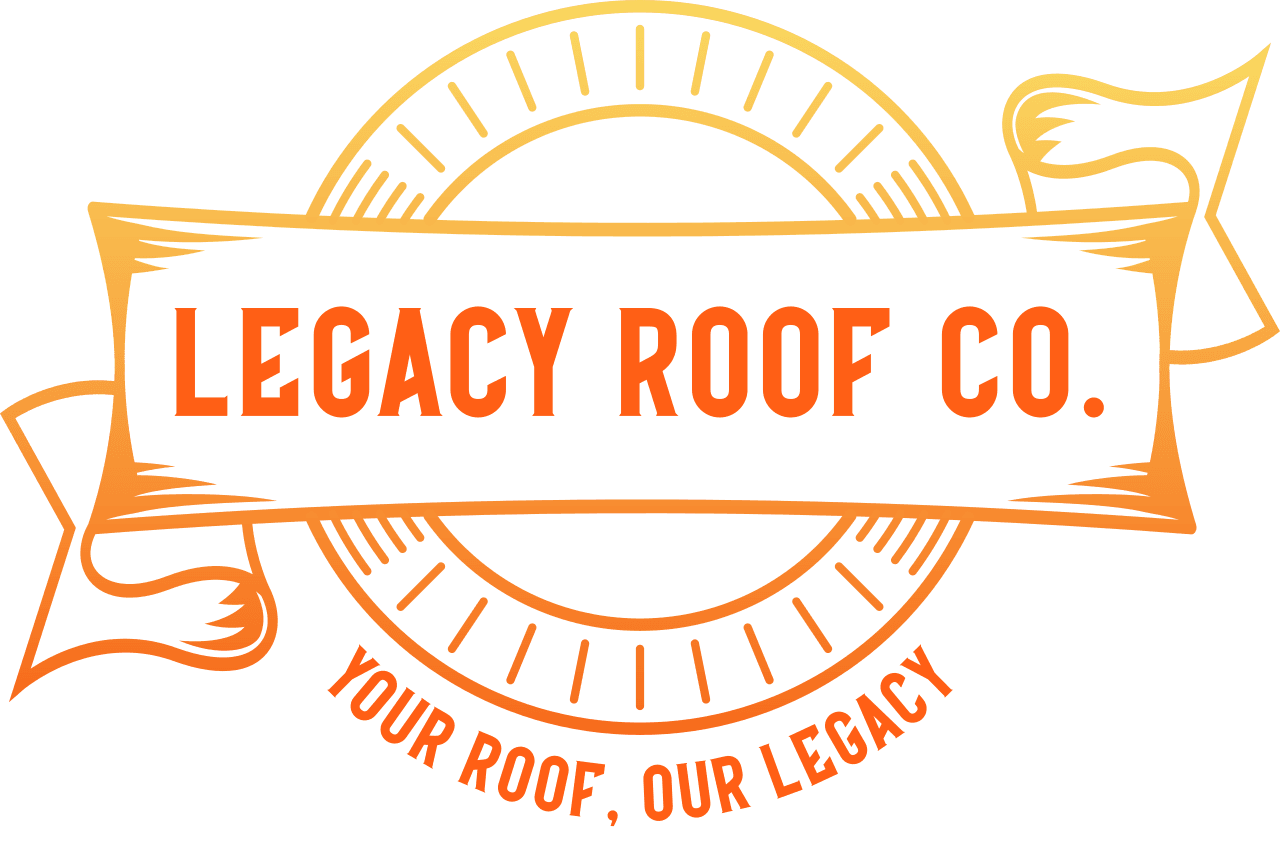Indiana's Top Considerations for Flat Roof Installation
Understanding the Basics of Flat Roof Installation
Flat roofs are a popular choice for many commercial and residential buildings in Indiana due to their sleek appearance and functional benefits. While they offer numerous advantages, such as cost-effectiveness and additional space for HVAC systems, they also come with specific considerations. It's crucial to understand these factors to ensure a successful installation.

Climate and Weather Conditions
Indiana's diverse climate, characterized by hot summers and cold winters, plays a significant role in flat roof installation. The weather can impact the choice of materials and construction techniques. For instance, materials that can withstand temperature fluctuations and resist moisture are essential to prevent leaks and damage.
Moreover, considering the potential for heavy snowfalls, it's vital to ensure that the roof is designed to bear significant weight without compromising structural integrity. Proper drainage systems must be installed to manage rainwater effectively, reducing the risk of water pooling.
Material Selection
The choice of roofing material is another important consideration. Common options for flat roofs include EPDM rubber, TPO, and PVC. Each material has its own set of benefits and drawbacks.
- EPDM Rubber: Known for its durability and resistance to UV radiation.
- TPO: Offers energy efficiency and is resistant to mold growth.
- PVC: Provides excellent chemical resistance and longevity.

Insulation and Energy Efficiency
Insulation is a critical factor in maintaining energy efficiency in buildings with flat roofs. Proper insulation helps regulate indoor temperatures, reducing heating and cooling costs. In Indiana, where temperature variations are significant, investing in high-quality insulation can lead to substantial savings over time.
Additionally, incorporating reflective coatings or materials can further enhance energy efficiency by reflecting sunlight and reducing heat absorption.
Choosing the Right Contractor
Selecting a reputable contractor is essential for a successful flat roof installation. An experienced contractor will be familiar with local building codes and best practices specific to Indiana's climate. They will also provide valuable guidance on material selection and installation techniques.

When evaluating contractors, consider their experience, customer reviews, and warranty offerings. A comprehensive warranty can provide peace of mind and protect your investment in the long term.
Maintenance Considerations
Regular maintenance is crucial for extending the lifespan of a flat roof. Routine inspections can identify potential issues before they escalate into costly repairs. It's advisable to schedule inspections at least twice a year and after severe weather events.
Maintenance tasks may include clearing debris from drainage systems, checking for signs of wear or damage, and ensuring that all seals remain intact.
Final Thoughts
Installing a flat roof in Indiana requires careful planning and consideration of various factors, from climate conditions to material selection. By understanding these key considerations and working with experienced professionals, property owners can enjoy the benefits of a durable and efficient flat roof for many years.
